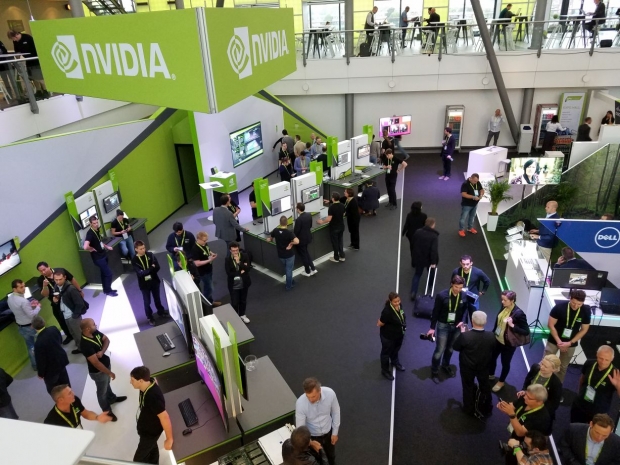We asked Nvidia if that meant that future chips such as Xavier might include or revive the Icera modem business, and we got a clear "no" to that question. Several Nvidia executives, including the Senior Director of Automotive, Danny Shapiro, told us that Nvidia doesn’t plan to solve the communication puzzle.
Nvidia is not in the business of providing the communication medium, such as a 4G or 5G modem, as it plans to leave this to other manufacturers. It will be up to the car manufacturer to choose the modem and currently it seems that Qualcomm, Samsung and Intel might well be the companies to provide the connectivity in future cars.
Mission critical decisions, according to Danny, will have to be run on the car itself, as any kind of out of the car communication with the cloud would add a lot of potential latency or slowness, in other words. Mission critical tasks on a self-driving car would have to be taken in a split second.
In other words, the faster your car autonomous driving/ self-driving computer is, the safer and more reliable driving is. Many companies, including Intel, Qualcomm, Nokia and a few others are demonstrating the importance of 5G, and the fact is that cars in the future have to communicate and be aware of other connected cars.
There might be a point to point solution, where cars will directly exchange information, such as a GPS or lidar position, to make sure that other cars know about each other. This is still in the future, as we expect to see the first commercial 5G networks around 2020. The Nvidia self driving platform, including Drive PX2 and its successor, codenamed Xavier, will try to solve the self driving puzzle and get closer to the goal.




